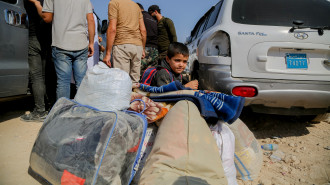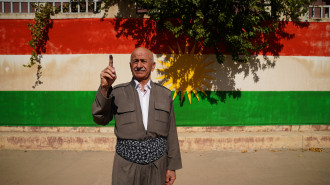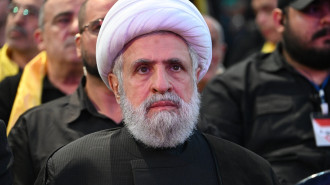
How Qatar emerged as the US partner of choice

If a week is said to be a long time in politics, five years seems like an eternity. The Emir of Qatar, Sheikh Tamim bin Hamad Al Thani, became the first Gulf leader to visit the White House during the Biden presidency, on 31 January, a little more than a year after Biden took office.
The visit made headlines for Biden’s announcement that he would designate Qatar a major non-NATO ally of the United States. In doing so, President Biden elevated the value of Qatar as a strategic partner and sealed a multi-year process of strengthening the bilateral relationship that was set in motion by events in 2017.
Major non-NATO ally status is a US designation that does not include any mutual defence or security commitments to the designated country, which, in Qatar’s case, has hosted the forward headquarters of US Central Command for nearly twenty years.
The status is nevertheless a prestigious affirmation of the partnership and includes military and financial benefits such as a shortened Congressional review period for weapons transfers. Only 18 countries have received this designation from US presidents going back to Ronald Reagan. Qatar joins Bahrain and Kuwait as major non-NATO allies in the Gulf, with the Bahraini and Kuwaiti designations taking place in 2002 and 2004 during the early phase of the ‘global war on terror.’
"In designating Doha as a major non-NATO ally, Biden elevated the value of Qatar as a strategic partner and sealed a multi-year process of strengthening the bilateral relationship that was set in motion by events in 2017"
Qatar’s designation comes after the country played a key role in facilitating the US exit from Afghanistan, first by hosting direct negotiations between US and Taliban representatives from 2018, which culminated in the February 2020 Doha Agreement that set a timeline for withdrawal, and later by providing logistical support during and after the chaotic departure of US forces in August 2021.
Qatar has also served as the diplomatic representative of the US in Afghanistan since December 2021, through a US interest section at its embassy in Kabul, while US officials continue to engage with the Taliban political office in Doha.
Announcing the ‘protecting power’ agreement in November 2021, Secretary of State Anthony Blinken praised Qatar for its continuing efforts to organise evacuation flights out of Afghanistan and host Afghans who have applied for special immigrant visas to the United States while they await processing.
It is less than five years since Donald Trump shocked the Qatari leadership – and many others – by appearing to back the Saudis and Emiratis in launching their blockade of Qatar and declaring that “the nation of Qatar, unfortunately, has been a funder of terrorism at a very high level,” an allegation Doha has strongly denied.
Trump’s bombshell statements caused shockwaves as they called into question the political and security partnership with the US that was a bedrock of all six Gulf States’ international relations – just as his decision in September 2019 to draw a distinction between US and Saudi interests after an attack on Abqaiq led Saudi and Emirati leaders to question the validity of the security guarantees they thought they had from Washington.
The response in Doha to the apparent rupture in relations with the White House in June 2017 was swift. Within days, Qatari and US defence officials signed a $12 billion deal to acquire F-15 fighters, the negotiations for which had long preceded Trump’s intervention, but which provided a timely indication that other parts of the US government did not share Trump’s idiosyncratic stance.
|
|
In July 2017, Qatar and the US also signed a memorandum of understanding on countering the funding of terrorism, one of the issues that the four blockading states had raised in making their case against Qatar. This was swiftly followed by a US-Qatar counterterrorism dialogue that took place in Washington, DC in November 2017 and by the launch of a larger and annual strategic dialogue that first convened in DC in January 2018.
These efforts bore fruit as Trump shifted his position to the extent that in January 2018 a White House readout of a telephone conversation with Emir Tamim noted that “the President thanked the Emir for Qatari action to counter terrorism and extremism in all forms” – a 180-degree shift from the previous summer.
Emir Tamim secured face-time with Trump with White House visits in April 2018 and July 2019 while it was after the September 2020 US-Qatar Strategic Dialogue that the designation of Qatar as a major non-NATO ally was first raised.
"Having invested time and resources in repairing and solidifying the US relationship, the political transition in Washington from Trump to Biden also played into Qatar's strengths"
The meetings with Trump were advantageous for Qatar as they occurred at a time when, for different reasons, neither Mohammed bin Zayed nor Mohammed bin Salman were able or willing to travel to the United States, meaning it was the Qatari leader, rather than the leaders of the blockade, who was able to secure facetime with this most mercurial of presidents.
Having invested time and resources in repairing and solidifying the US relationship, the political transition in Washington from Trump to Biden also played into Qatar’s strengths as the new administration has focused (not very successfully) on diplomacy in resolving regional tensions and conflicts.
The role Qatar was able to play in supporting US efforts in Afghanistan illustrated the ways in which Doha could leverage its own diplomatic and logistical capabilities to perform functions that the US could not do on its own. Throughout the drawn-out process of negotiating the US exit from its longest ‘forever war,’ Qatari officials coordinated with the US and other international stakeholders and demonstrated a capacity to produce results.
As successive US administrations seek to be less directly engaged in the Middle East, they may seek to rely more on regional partners such as Qatar not only in burden-sharing when hosting US forces but also in extending US diplomatic reach. Iran is a case in point as talks over re-engaging in the Joint Comprehensive Plan of Action (JCPOA) appear to be reaching a climax and the Qatari Foreign Minister was in Tehran to meet his counterpart four days before the visit to Washington.
At a minimum, Qatari officials can exchange messages and maintain channels of communication that keep open the possibility of US and Iranian officials re-engaging in negotiation either directly or through a revived JCPOA.
Media reports that Qatar may be asked to help avert an energy crisis in Europe should the standoff over Ukraine with Russia escalate may or may not materialise, especially since Minister of Energy Saad Sherida al-Kaabi stated in October that the country’s Liquefied Natural Gas (LNG) production was ‘maxed out’ with most of its export capacity locked into long-term contracts with customers in Asia.
However, the very fact that Qatar is included at the table, and could yet be part of the solution to any disruption of supply, is an illustration of the value Qatar can bring to its partnership with the US across a wide variety of issues.
For a country that five years ago was facing an attempt by several of its neighbours to isolate it diplomatically and politically, that is no small turnaround if it can become the go-to US partner of choice in the region.
Kristian Coates Ulrichsen, PhD, is a Fellow for the Middle East at Rice University's Baker Institute for Public Policy.
Follow him on Twitter at @Dr_Ulrichsen

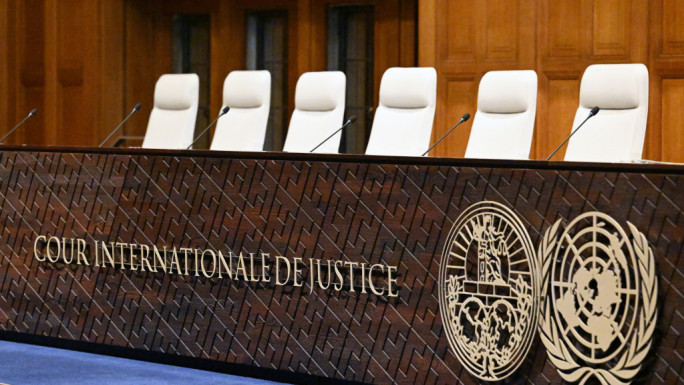
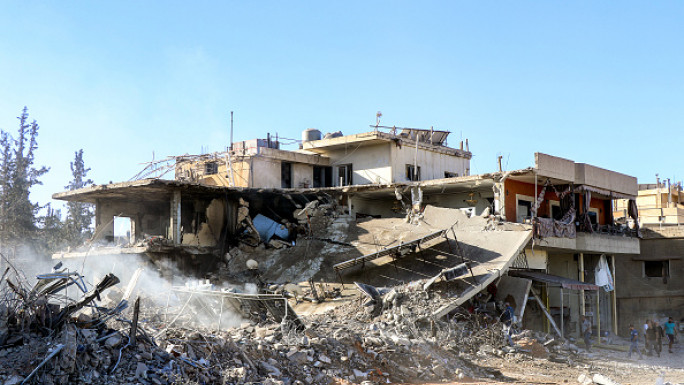
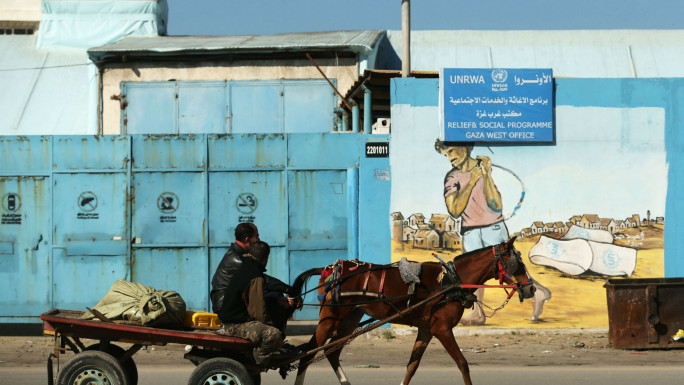

 Follow the Middle East's top stories in English at The New Arab on Google News
Follow the Middle East's top stories in English at The New Arab on Google News
